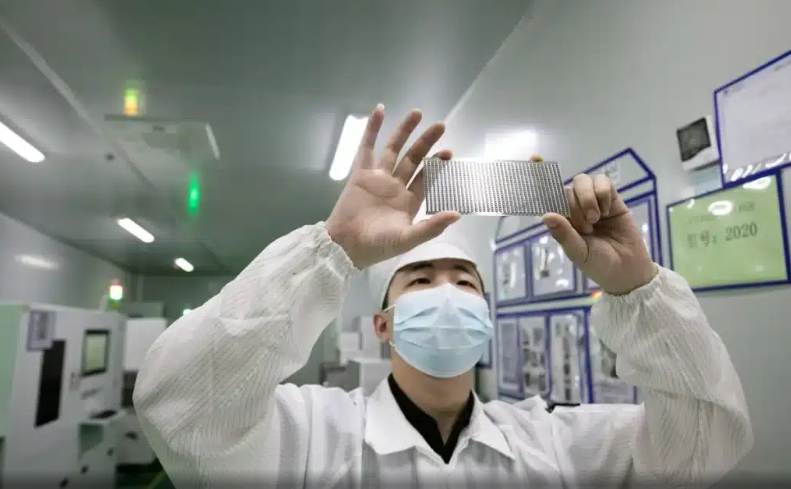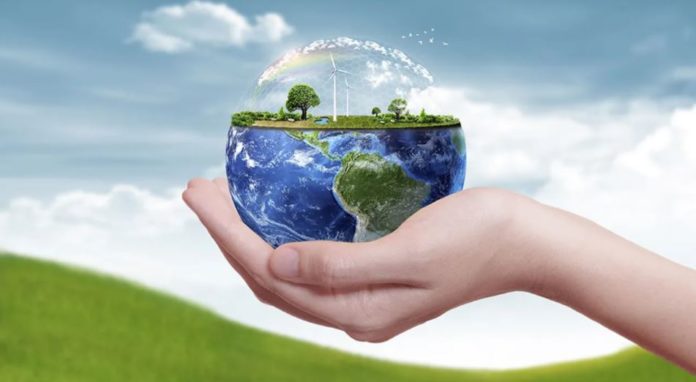A revolutionary discovery: a plastic that dissolves in seawater within hours, leaving no harmful residue!
On June 4, in Wako, Japan, a groundbreaking Japanese discovery made waves thanks to the RIKEN Center for Emergent Matter Science and the University of Tokyo. These teams, in collaboration with the United Nations Environment Programme (UNEP), unveiled a new type of plastic capable of dissolving in seawater within hours. This innovation could offer a promising solution to marine pollution threatening aquatic ecosystems worldwide.
A Discovery That Stands Out
Led by Takuzo Aida, the Japanese team developed a supramolecular plastic that outperforms existing biodegradable plastics. The material is made from two specific monomers: sodium hexametaphosphate, a common food additive, and guanidinium ions. This ingenious combination gives the plastic not only the durability of petroleum-based plastics but also allows it to rapidly break down into its original components as soon as it encounters saltwater.
What is particularly remarkable is that this plastic leaves behind no harmful residues. Its components can be metabolized by naturally occurring bacteria, a revolutionary approach in plastic management. Additionally, it is non-toxic, non-flammable, and does not emit carbon dioxide during decomposition.
Properties and Laboratory Tests
The thermoplastic properties of the material allow it to be molded from a temperature of 120°C. By varying the types of guanidinium sulfate used, it is possible to adjust the plastic’s hardness and tensile strength, opening the door to numerous applications.
During a demonstration in Wako, a small piece of this plastic disappeared in a container of saltwater after about one hour of agitation. A larger sample, five centimeters in size, dissolved within two to three hours in seawater. On land, the same piece takes about ten days to fully degrade, and over 200 hours when in contact with salt in the soil.
A Promising Future for the Environment
Ocean pollution is expected to triple by 2040, with an additional 23 to 37 million metric tons added each year according to some forecasts. This new material could help reduce marine waste. Microplastics, already present, raise many questions that remain unanswered.
In the packaging sector, this plastic is already attracting keen interest. It can be coated with a hydrophobic layer for conventional use while retaining its eco-friendly properties. Current research aims to identify the best ways to apply these coatings.
Towards a Greener Future
The results achieved by the Japanese scientists were published in the journal Science, highlighting the significance of this breakthrough. As Takuzo Aida explains: “Children cannot choose the planet on which they will grow up. We must ensure to leave them the best possible environment.” This statement resonates as a call to action to protect our planet.
Source: rse-magazine




